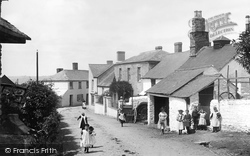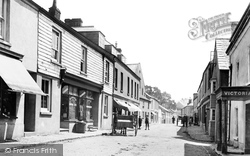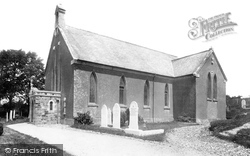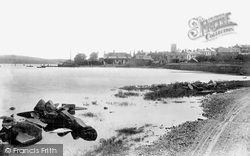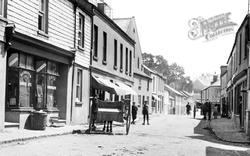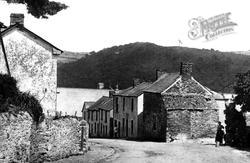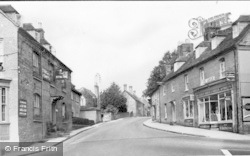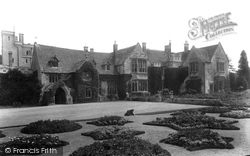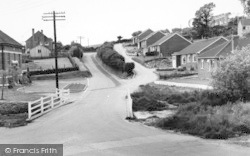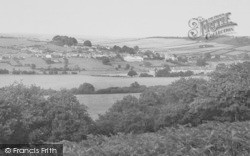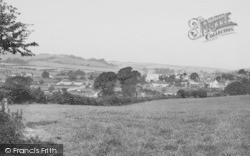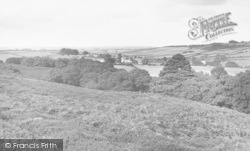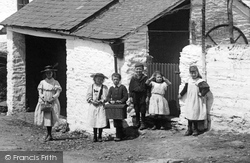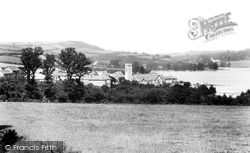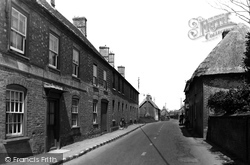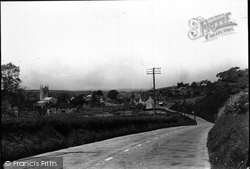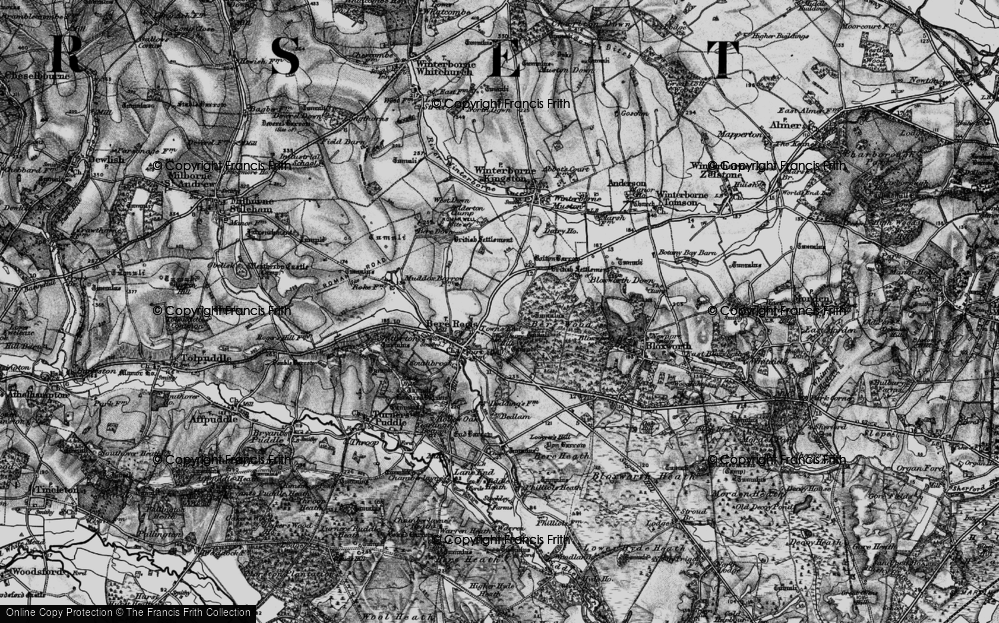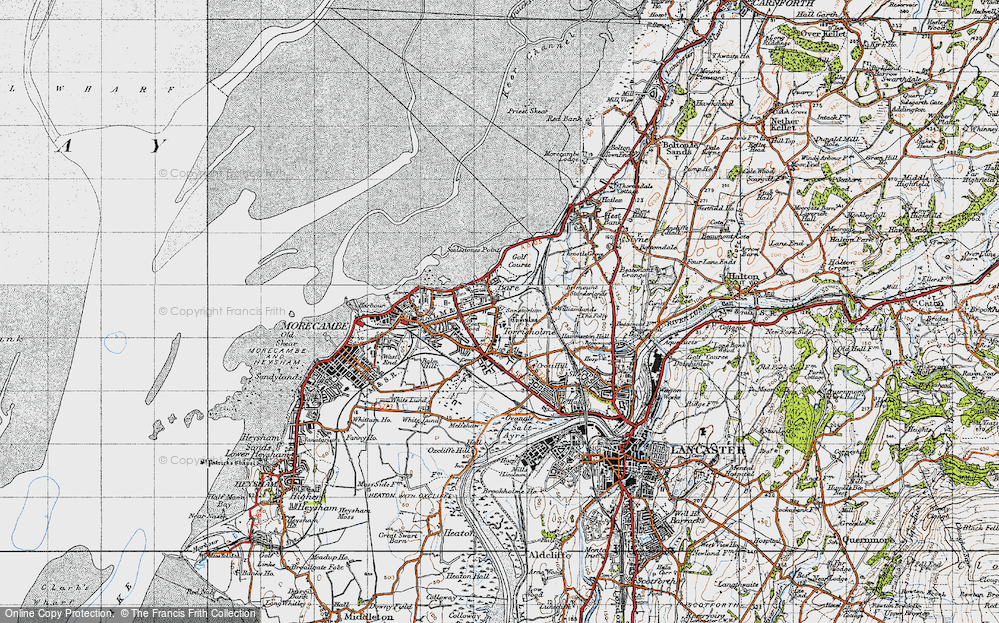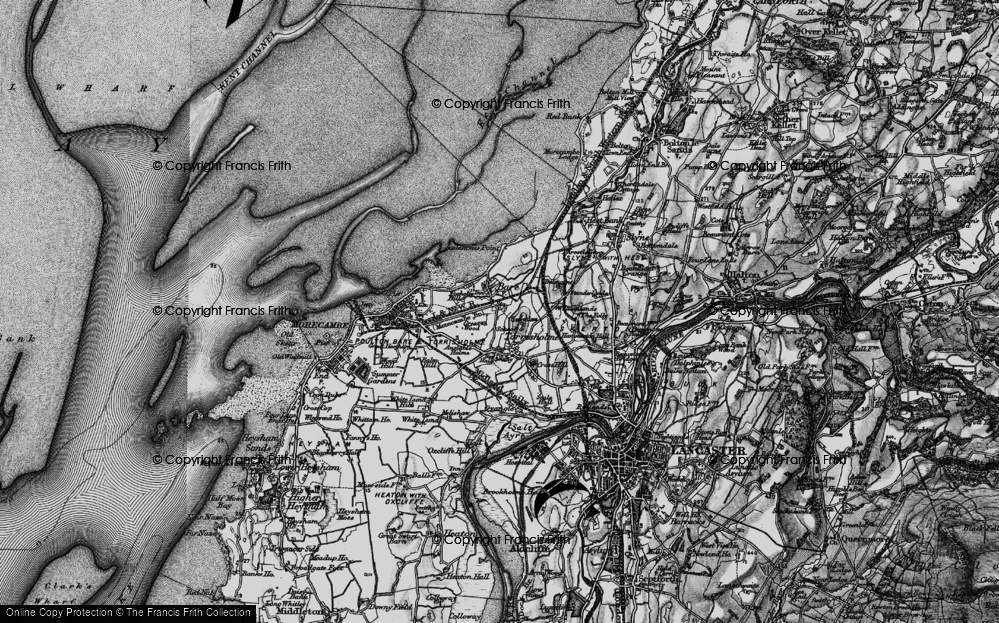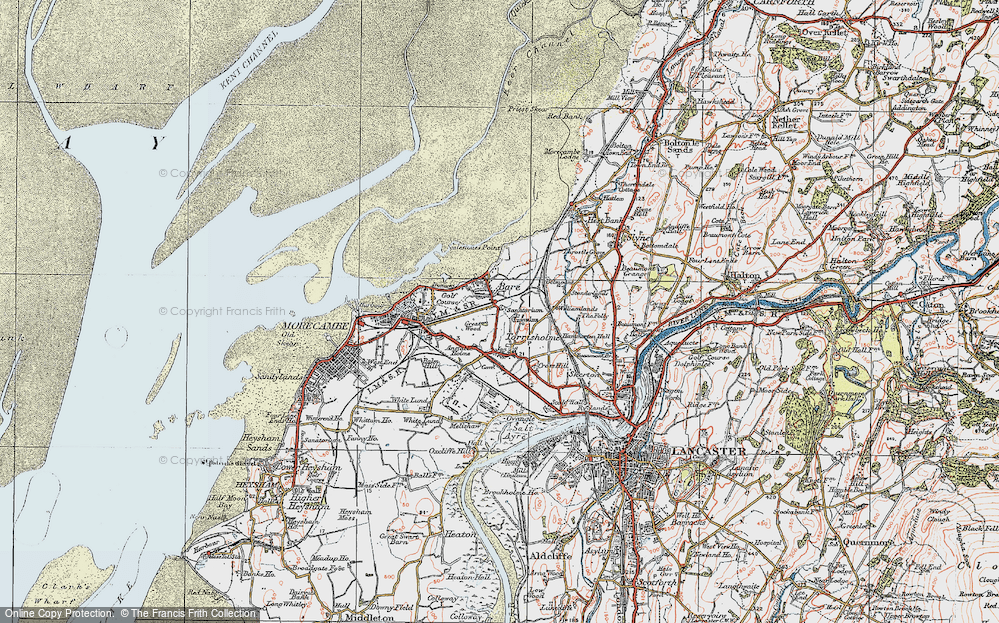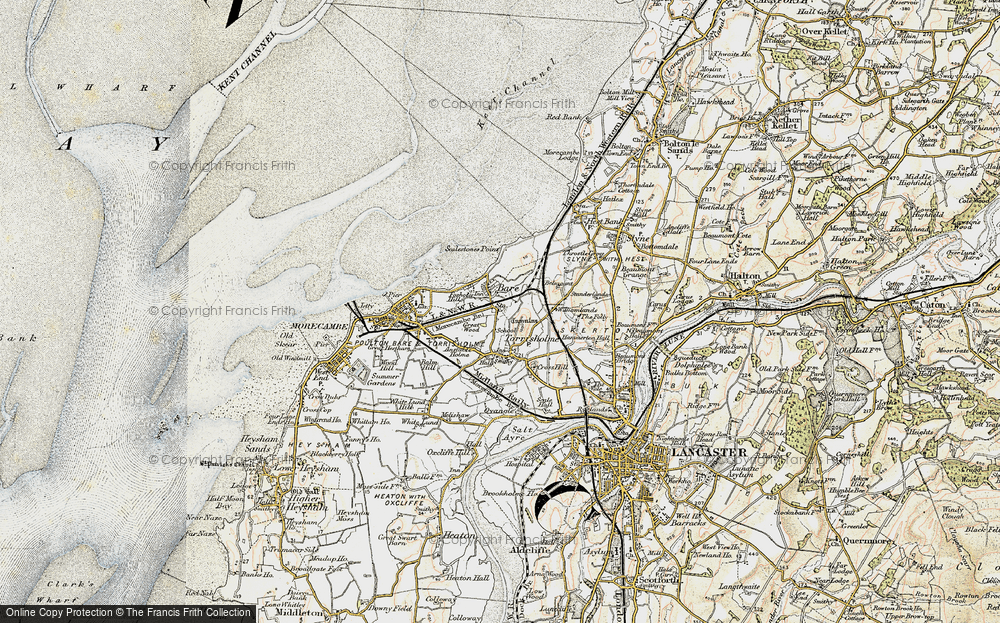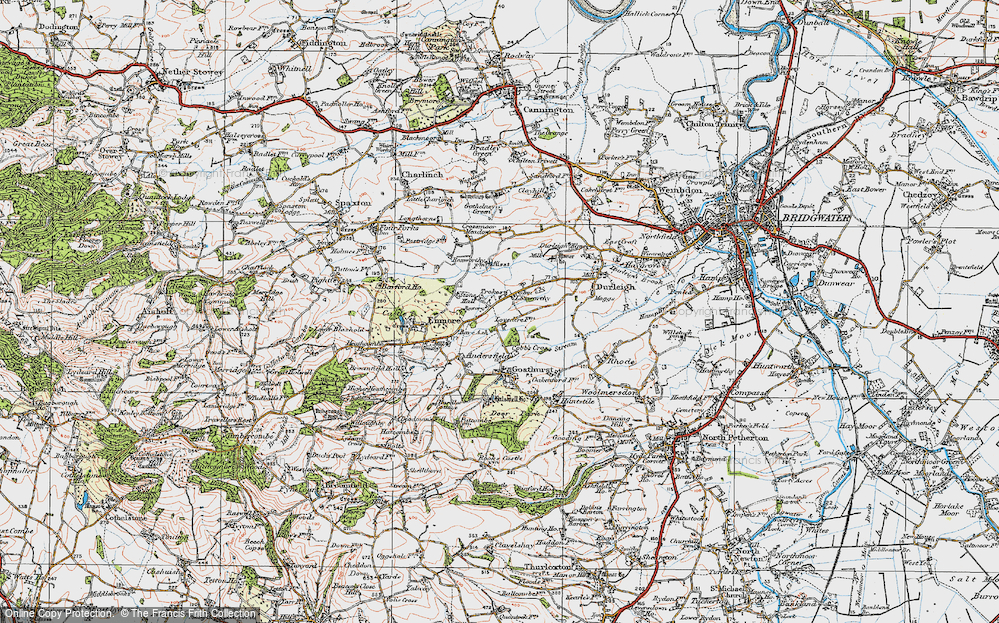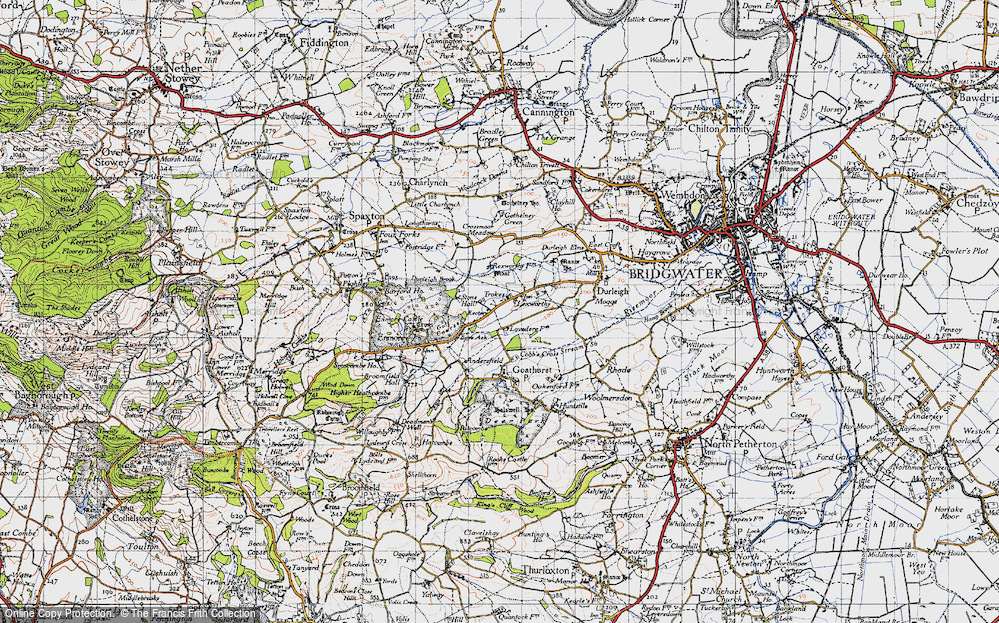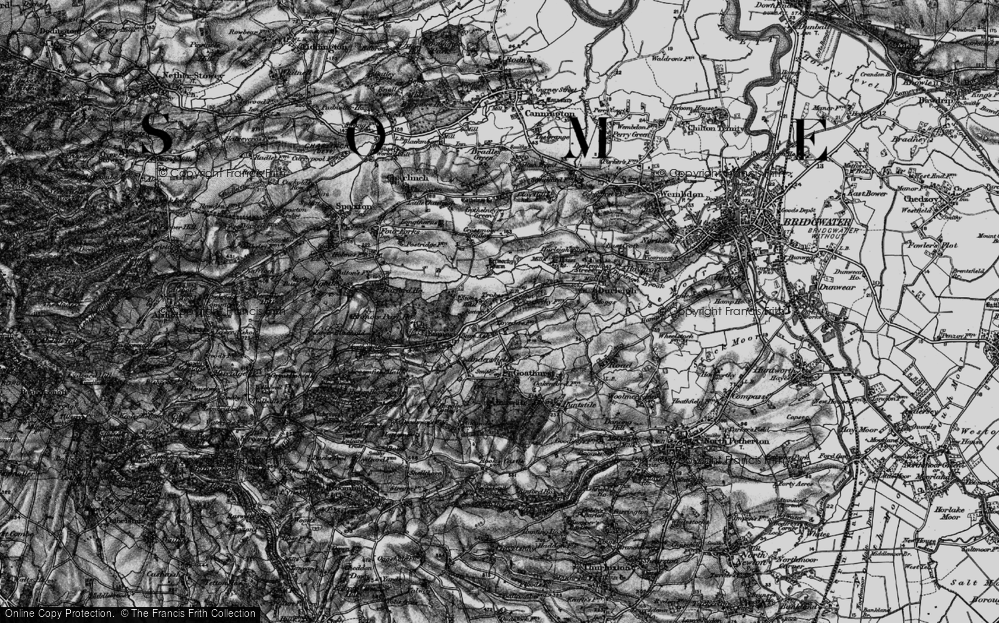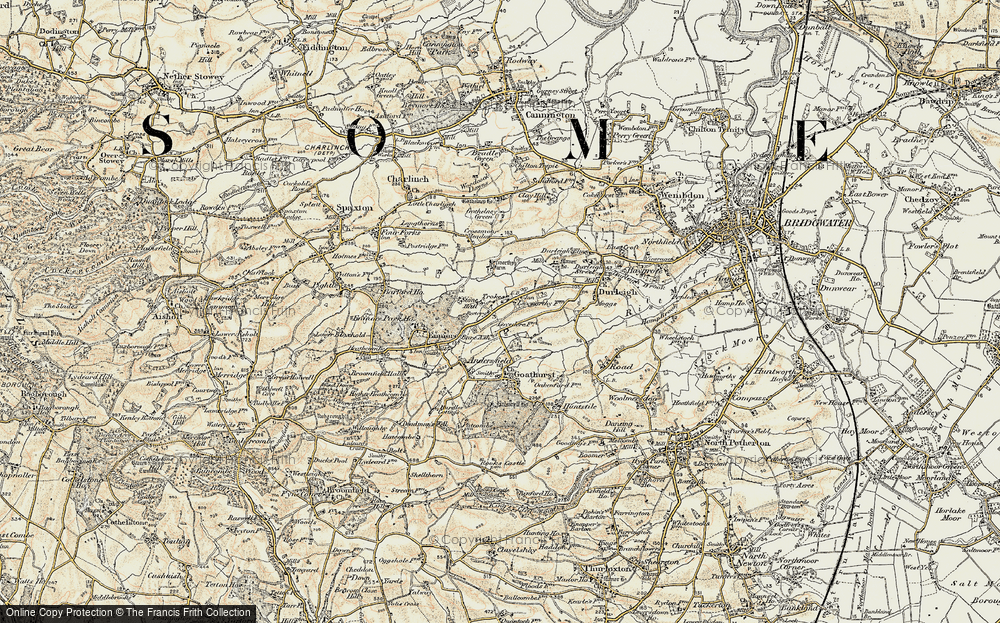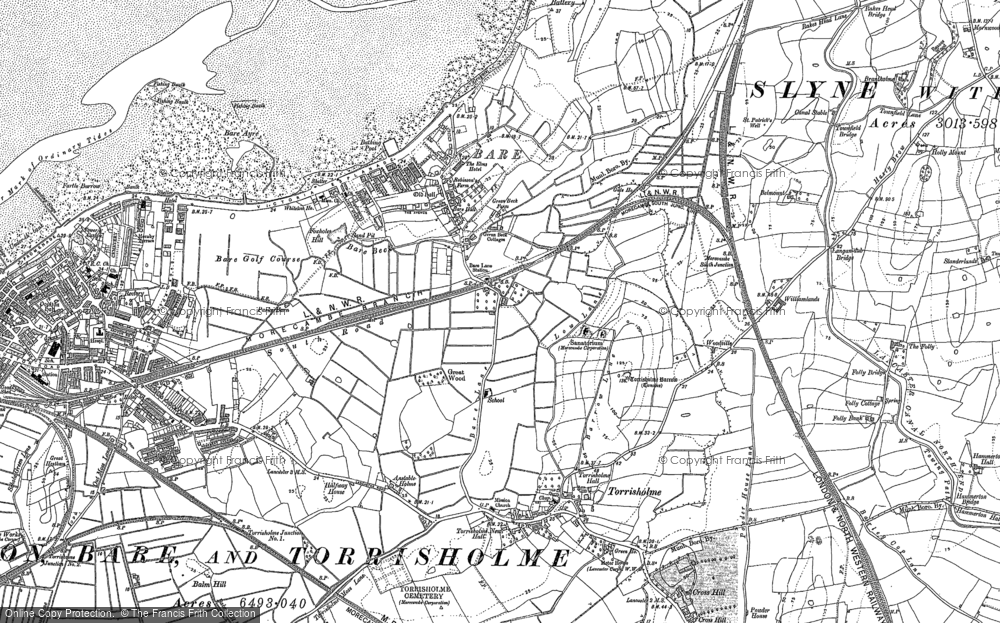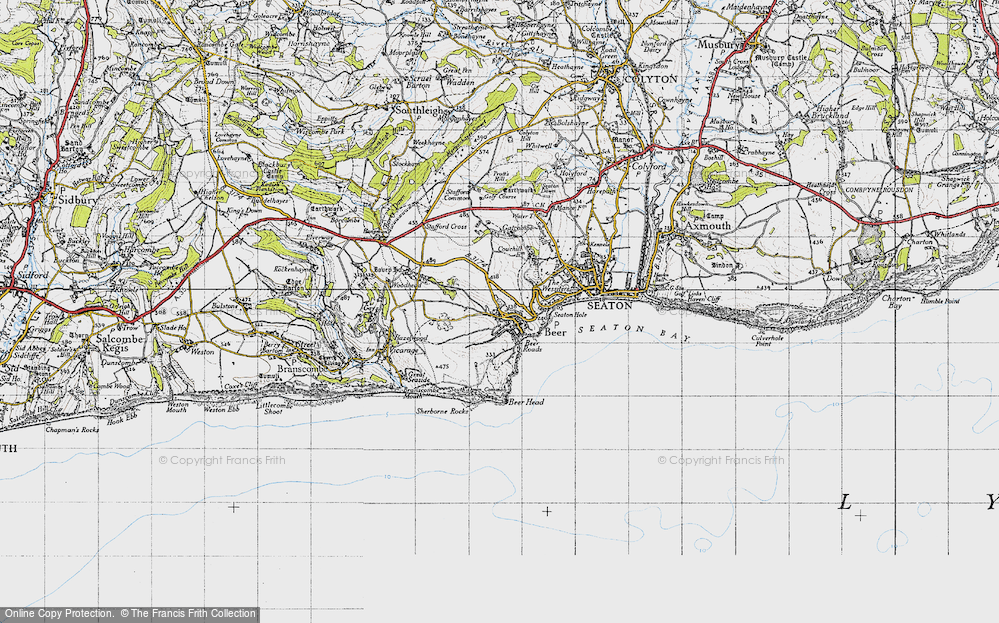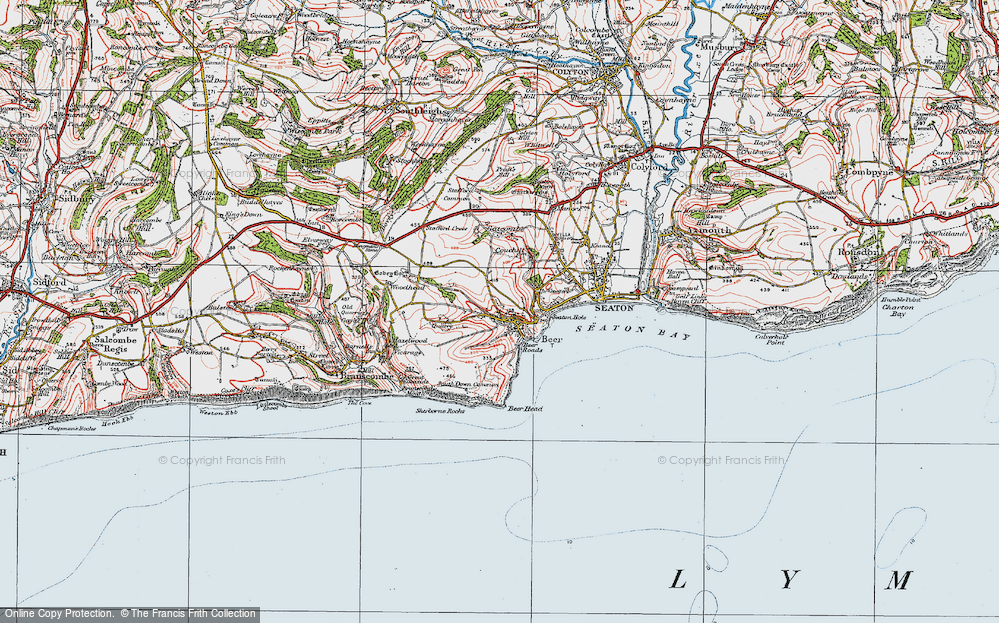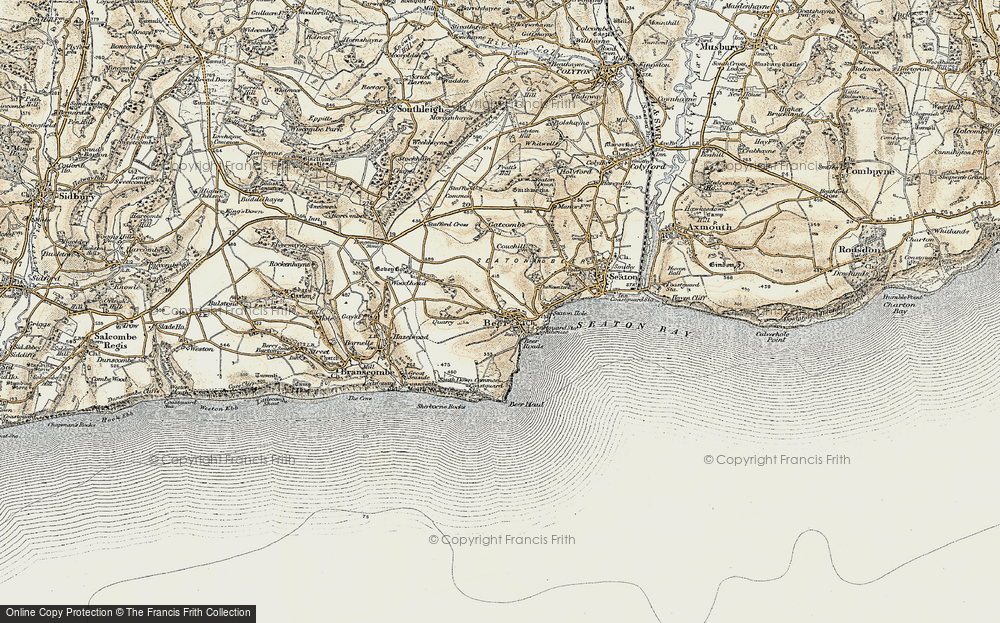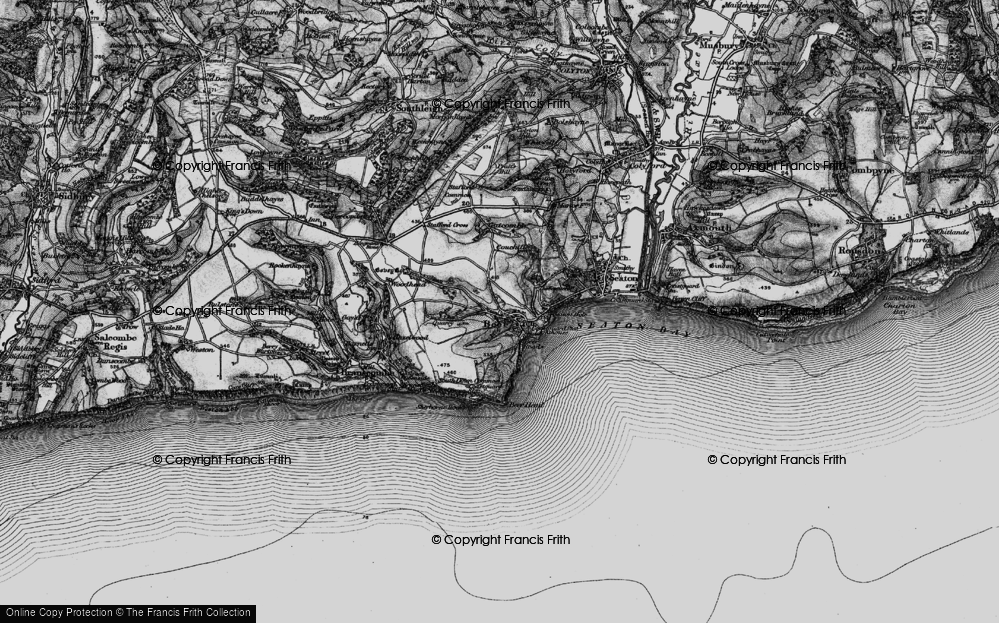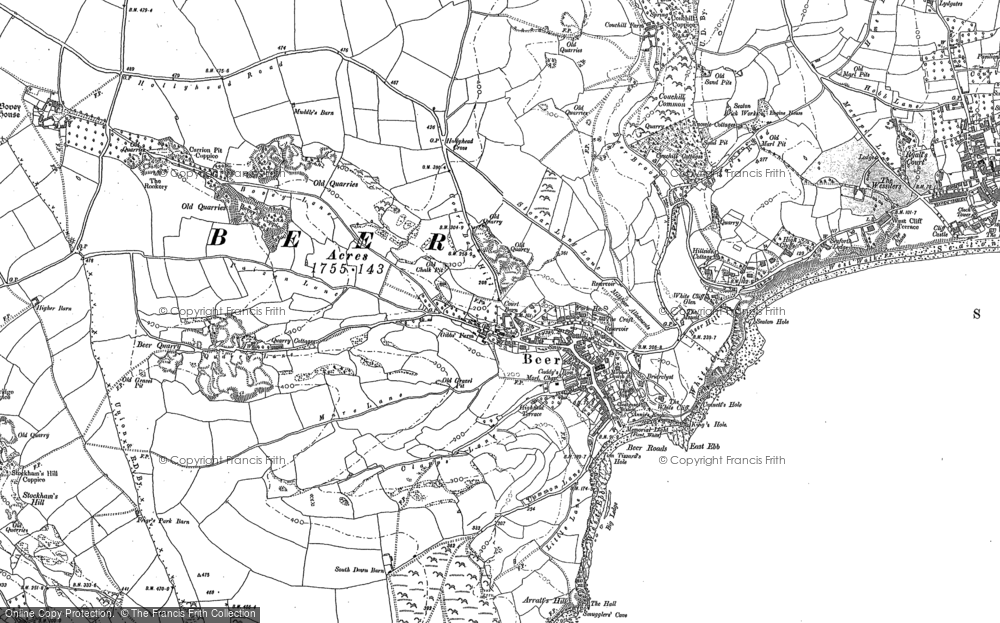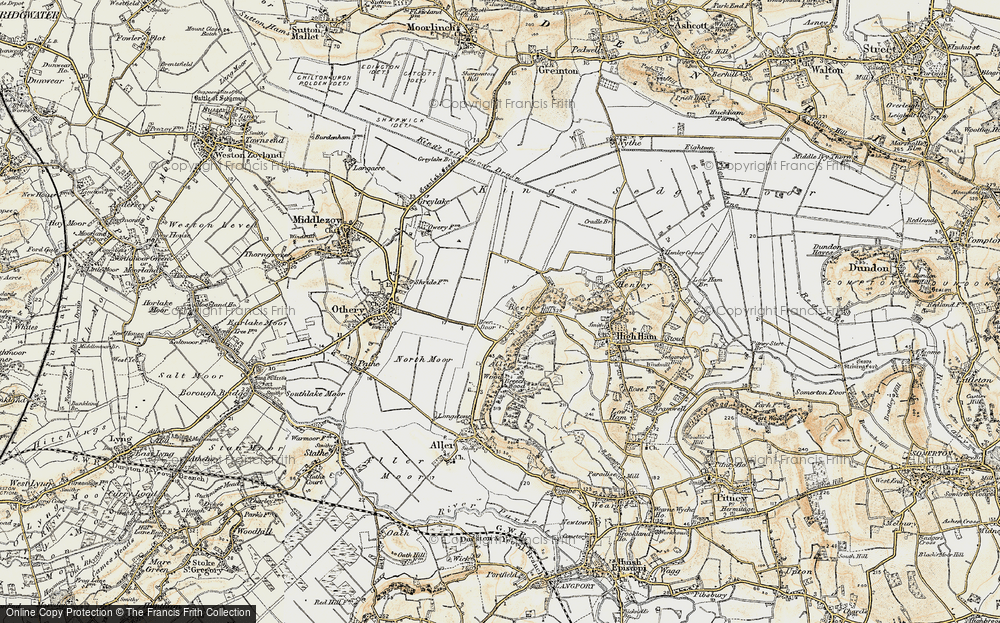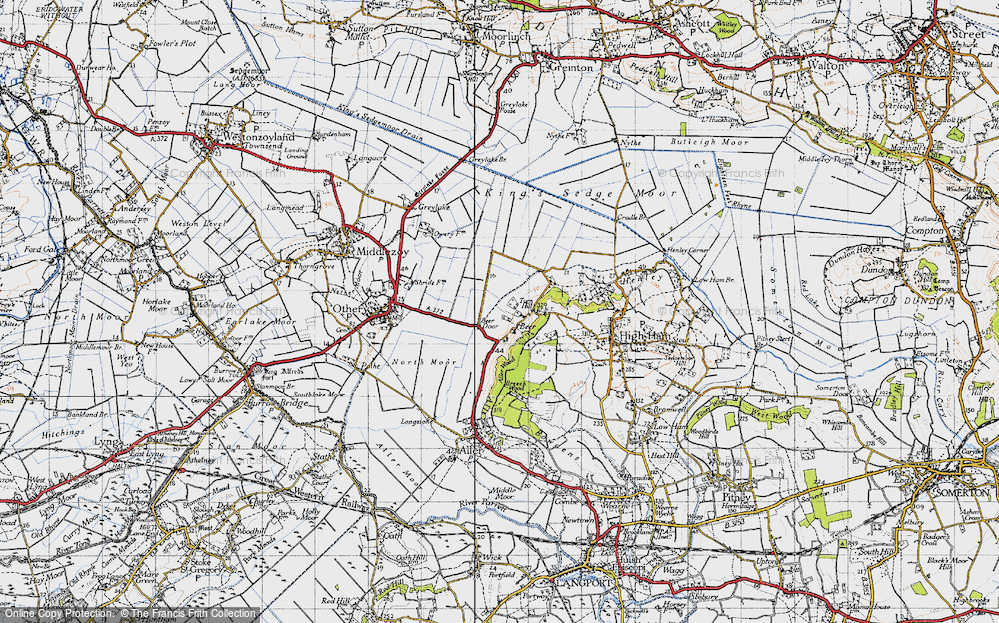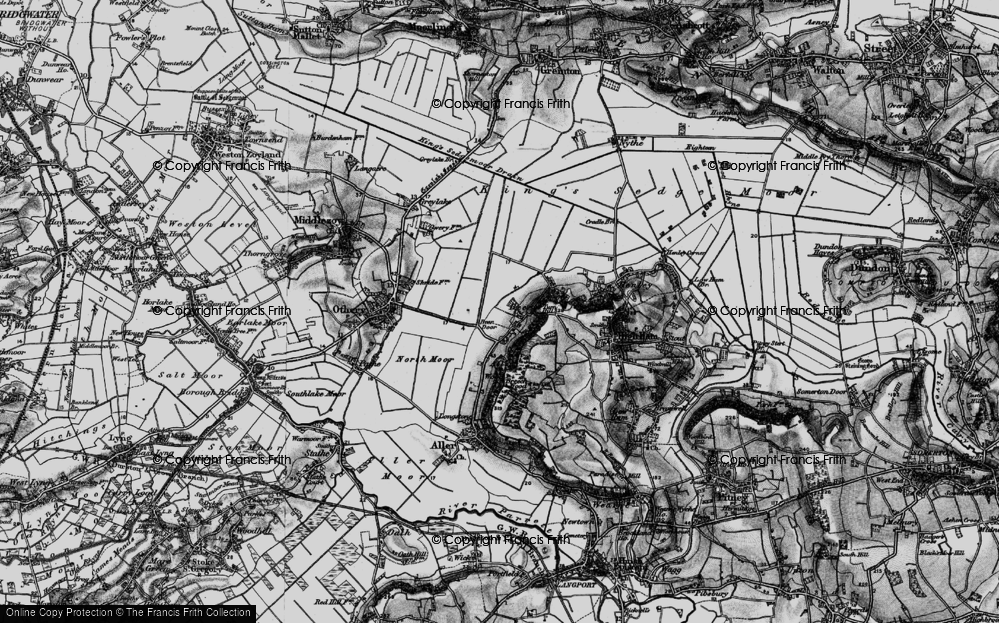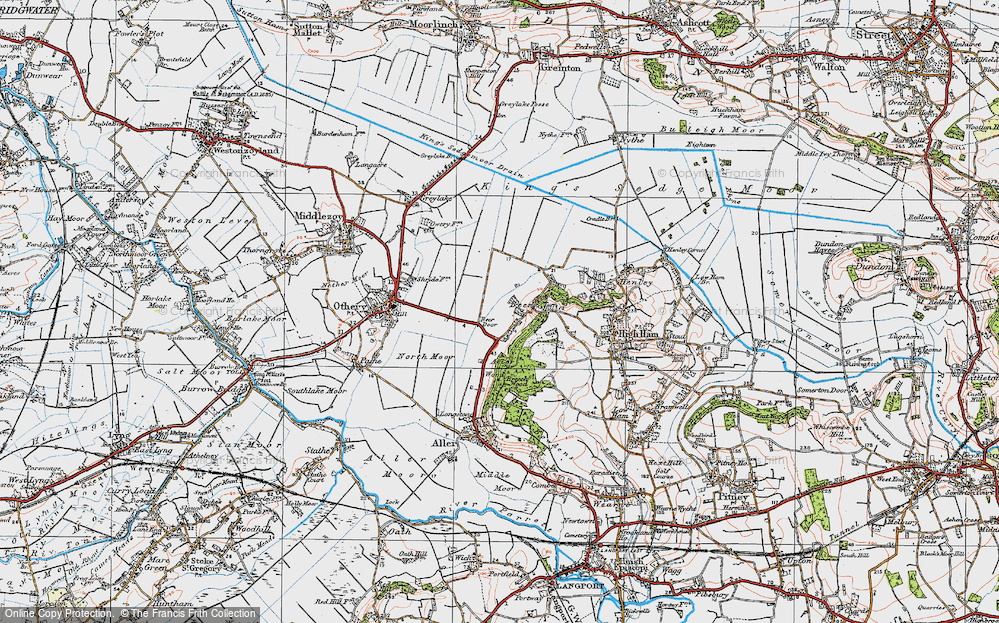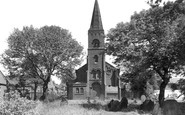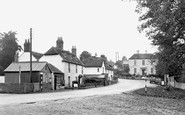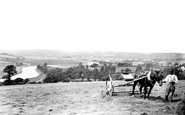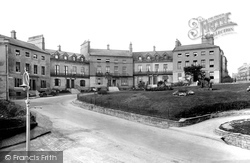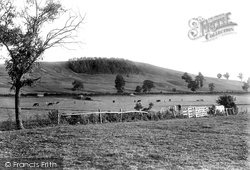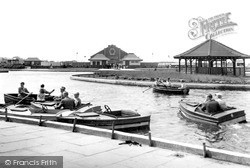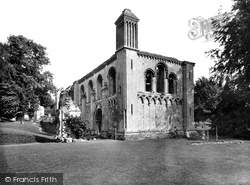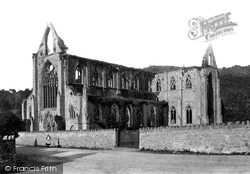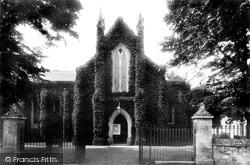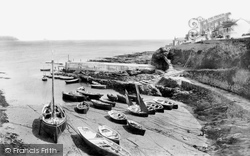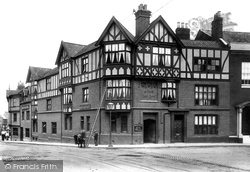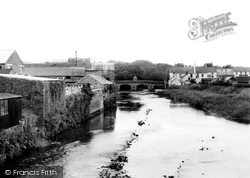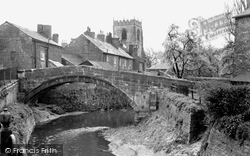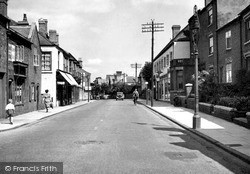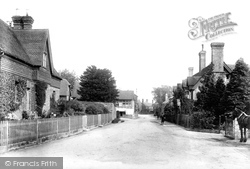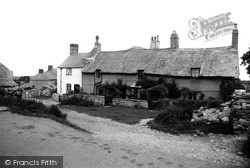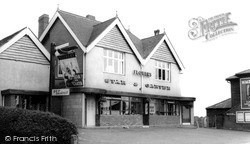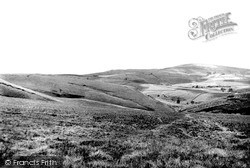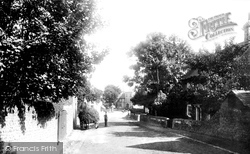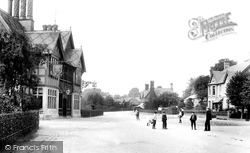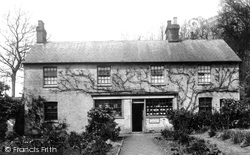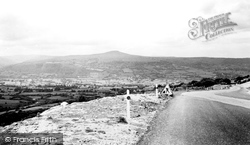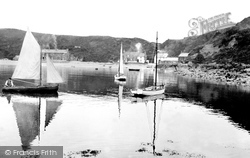Places
4 places found.
Those places high-lighted have photos. All locations may have maps, books and memories.
Photos
59 photos found. Showing results 21 to 40.
Maps
49 maps found.
Books
Sorry, no books were found that related to your search.
Memories
233 memories found. Showing results 11 to 20.
The Mills
It is interesting to hear from some one who lived so close to me when I was little. We lived up from the high mill in hope cottage. My father Robert Stroud worked at the really awful mill most of his life for almost nothing. Mr ...Read more
A memory of Shaw Mills by
Northolt=Racecourse Estate/Community/1960s
My name is Nick, and I lived in Northolt at 43 Kempton Avenue, going to the old Northolt Primary at the Target, the new primary off Mandeville Road, then Islip Manor junior. This was from 1962- ...Read more
A memory of Northolt by
Another Slice Of Life In Burghfield And Sulhampstead
My Grandfather George Thomas Cooper 1880 to 1957 lived at Hebron a Detached Victorian House ( which is opposite what today is Coopers Place, named after my late Father Phillip George ...Read more
A memory of Burghfield Common by
Boarding School
I went to st Roses convent in Stroud when I was eleven years old . The boarding house was up the lane called merrymeads. It was named st Bedes . I can remember going to the Holy Rosary church which was next to the convent . ...Read more
A memory of Stroud by
St Johns The Scary
As a child I was terrified of the churchyard, we had to walk past it to get to Wilson Way where my Nan Lizzie Grocott lived. It wasn't so bad in the summer but in winter when it got dark early we would get off the bus opposite ...Read more
A memory of Goldenhill in 1972 by
Harriott Brothers The Butcher's Shop
My Father was Arthur Harriott who owned Harriott Brothers Butchers Shop (which can be seen at the bottom left-hand corner of the picture) together with his Brother, Edward. We lived in "Old Sarum" which is the ...Read more
A memory of Droxford in 1950 by
Railway Info.
This view shows the junction line which linked the GWR Victoria station with the Junction station - running from left to right and opened in 1887. It must have been almost new when the photo was taken and the earthworks are still bare.
A memory of Barnstaple in 1890
Calstock Viaduct
When living in Bere Alston there were trains still running to Gunnislake over this beautiful viaduct. Made of concrete blocks which were made on site. It took four years to build and was opened in 1908. A wagon lift made of iron ...Read more
A memory of Calstock by
Farming Pub And Family
Because of the rural nature of Llanfihangel GM memories stretch across the village hub - the Crown pub on the bend by the bridge through to the small cemetary near Ty Ucha farm - through to Cerrigydruddion and ...Read more
A memory of Llanfihangel Glyn Myfyr by
Days Gone By
My memories of Greyabbey date back to 1940 just after the Blitz when Mum and her 3 sisters plus one sister-in-law with a bunch of kids relocated to Cardy, a small community appox. 3 miles from Greyabbey. I was 8 years of age at the ...Read more
A memory of Greyabbey in 1940 by
Captions
127 captions found. Showing results 25 to 48.
Rumour and gossip are not always to be relied upon. This is true in two cases about this early Victorian crescent.
Although this is said to be the original Thorn, the photograph shows how it needs to be re-grafted every century or so.
The indoor public baths in the centre background were opened in 1900, but they were eventually demolished in 1978, to be re-instated within a new building on the same site.
This crypt was constructed around 1500 when Richard Bere was Abbot. A record of 1724 states that the crypt was constantly full of water, then it was cleared in 1825.
Lead from the roof was stripped (to be re-used at Raglan and Chepstow castles), and the ivy-clad ruins were later to become a focus for the romantic travellers of the 18th and 19th centuries.
In 1869 Rev Baring Baring Gould became vicar; he was one of the enormous tribe of Baring Goulds, of whom the most famous was Sabine Baring Gould of Lew Trenchard.
The church interior was restored in 1877, an event which caused the Reverend Sabine Baring Gould (of 'Onward Christian Soldiers' fame) to rush back from London to prevent his ancestors' memorials being
The little concrete pier affords some protection to the fishing boats at Portscatho, although it is barely a harbour. Nare Head and the Gull Rock can be seen across Gerrans Bay.
Barely 12 years old at this time, and still looking pristine, this mock-Tudor hotel was rebuilt and reworked by Herbert Green.
Looking down towards the Old Bridge this is barely recognisable today.
Much of this bare hillside between Outer and Inner Hope has now been built upon, but the tiny church remains and the coast nearby is wild and spectacular.
High walls enclose the water channel, for although the village lies some seven miles from the coast, it is barely above sea-level: the houses lining the river bank have been flooded many times over
The view is greatly changed today, with the cottages on the left barely recognisable.
The last bare-fisted boxing match was held in Wadhurst in 1863. The street is now very busy with traffic and people.
Only the central rump of this row of cottages survives today in the village, and is barely recognizable from the photograph.
Bull baiting, bare- knuckle boxing and cock fighting all took place, often watched by up to 500 men.
Today the bareness of the landscape is mitigated a little by the conifers of Macclesfield Forest which appear over the far horizon.
The 'roaring 20s' might almost be over, but the fashions they brought are still evident here.
This peaceful scene is now barely recognisable.
Baron Rothschild transformed a bare hilltop near Aylesbury into a wooded park, crowned with a spectacular French-style chateau. In the valley he built Waddesdon, an estate village.
Even though barely a dozen people were eligible to vote, the inns set their barrels out on the street, and it is said that 'the Bletchingley cobbles ran with beer'.
It is wintertime with bare trees and lots of water in the River Mole. The church has a modernised tower and a shingled broach spire.
Early maps have the name Bloreys or 'bare spot' for the mountain - this was a name given to high exposed places.
With barely enough wind to keep under way, small craft lie just offshore.
Places (4)
Photos (59)
Memories (233)
Books (0)
Maps (49)


